Hanes as we know it today is the product of two merged companies founded separately by John Wesley Hanes and his brother Pleasant Hanes in 1901. After successfully founding and running a tobacco company together and selling it, they would start their own ventures into textiles. John’s company was named Shamrock Knitting Mills, renaming itself the Hanes Hosiery company in 1914. Pleasant’s was named the PH Hanes Knitting company, after himself. Merging in 1965 would propel the company as it would become one of the largest textile manufacturers in the USA. They have become a heritage US company, exemplifying American business principles for over a century, and their reliance on us cotton and manufacturing has long garnered the company respect.
As Hanes would roll into the 1980s, and the era of growing consumerism, they would begin more actively advertising, striking up sponsorships with public figures such as Matthew Perry and Michael Jordan. The slogans, ‘just wait until we get our Hanes on you’ and ‘look who we’ve got our Hanes on now’. One of their first major event sponsorships was the 1996 Atlanta Olympics, and a unique line of only 500 t-shirts have been so highly desired, they have fetched as much as $42,000. In the 2000s, Hanes doubled down on their celebrity endorsements, with marketing campaigns that included Jackie Chan, Brian Regan and Charlie Sheen. By the turn of the millennium Hanes was one of the biggest textile manufacturers in the world, generating over $2 billion in revenue.
Hilarious 80s Hanes Advert featuring “The Brief Inspector”
How to tell if Hanes is vintage from the logo
Hanes historically has not created clothing that outwardly shows the brand. Instead, they focus on textile manufacturing, and other designers often create with the apparel manufactured by Hanes. This means when it comes to comparing and identifying the logos of Hanes, the best way to start is to look for the logo on the tags.
1914 to 1950s Hanes logo
- The first Hanes logo would form the foundation of the logo for most of the 20th century
- It uses a combination of text and an emblem
- The white font is relatively thin and warped to be thicker in the middle and the text is capitalised
- The emblem is a tag like design with a white and red outline
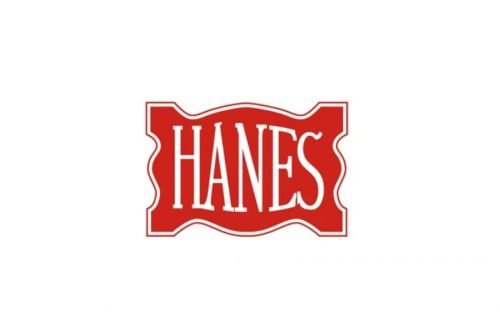
1914 to 1950 Hanes logo
1950s to 1970s Hanes logo
- The next logo was essentially a refreshed version of its predecessor, using the same structure
- The font is slightly thicker and is straight, and the text remained capitalised
- The emblem is a very similar shape, but is a slightly brighter red and drops the white and red outline

1950 to 1970 Hanes logo
1970s to 1982 Hanes logo
- The third Hanes logo, similarly to the second, was an updated version of the previous one, using the same structure text and emblem again
- The white font is a similar thickness, however the ‘anes’ of Hanes became lower case
- The emblem became a slightly cleaner, more curved design with fewer corners

1970 to 1982 Hanes logo
1982 to 1995 Hanes logo
- At this time, the structure of the logo was changed, now using an emblem with the text set on the right side of it
- The font became italicised
- The emblem is two concentric circles, one if red and the other in blue, and where they intersect is a white H for Hanes
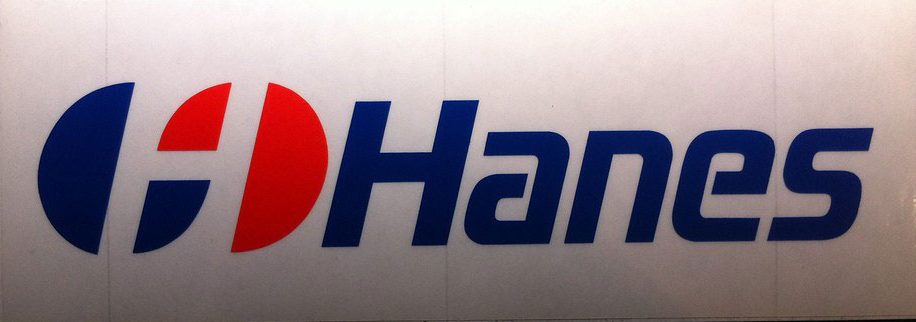
1982 to 1995 Hanes logo
1995 to 1999 Hanes logo
- The structure of the logo remained the same, however an alternative than had the emblem and text in a big red square was circulated at the time as well
- The font is similarly thick, however has flicks on the ends of the letters
- The emblem is completely different, becoming a red square with a H that has a line going through it

1995 to 1999 Hanes logo
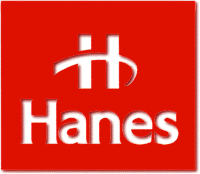
1995 to 1999 Hanes logo
1999 to now Hanes logo
- The most recent update to the logo revived some features of its oldest logo
- The white font became thinner
- A vague similarity to the old emblem can be seen in this one, which is a curvy rectangle at an angle
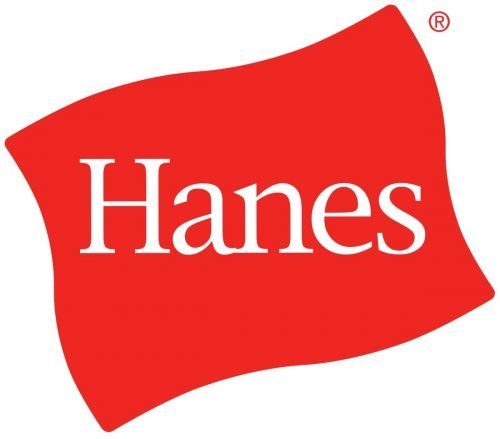
1999 to now Hanes logo
How to tell if Hanes is vintage from the neck tags
Hanes tags have often been updated with the new logos over the years but expect some lag period by a few years as it takes time to reprint all the new tags. And if the tags are still on the inside of your Hanes piece you can compare yours with the ones below. However, if the tags on your vintage Hanes have been removed or faded away, you can look for some other clues.
Having trouble identifying your vintage tags? Upload a picture on our vintage tag identification page, and we’ll help you out!
1940s vintage Hanes tags
- These tags are very rarely seen
- Using the first Hanes logo, they will often be so worn it might be difficult to see it
- So, look out for sizing in numbers and terms like winter sets
- The logo is a gold/yellow colour

1940s Hanes tags
1950s vintage Hanes tags
- The tags remained a rectangular shape
- They are white and have the red Hanes logo on them
- In the mid 1950s the logo was updated, as can be seen in these tags
- They started to include a letter or word sizing alongside number sizing
- In line with marketing at the time, the tags specified ‘wind shield, referencing the clothing’s ability to keep you warm no matter what
- Tags also started to include composition information as can be seen on the far right tag

1950s Hanes tags
1960s vintage Hanes tags
- In the 1960s, Hanes began to branch into sportswear, and this is reflected across the tags
- Most of these tags used the newer logo, and used the same combination of sizing and composition information
- Some tags more specifically began referencing their clothing lines, with terms like ‘Sportswear’ and ‘Collegiate’ showing Hanes’ desire to tailor the products to certain activities
- A Hanes Sport tag was also introduced, that used a slightly different logo

1960s Hanes tags
1970s to 1980s vintage Hanes tags
- The new logo that was introduced in the 1970s can be immediately spotted as the ‘anes’ of Hanes is no longer capitalised
- Some slight variations of the new logo were used; however, the font and text remained the same in those variations
- Many tags started including country of manufacture information

1970s to 1980s Hanes tags
1980s vintage Hanes tags
- In the early 1980s, most of the Hanes tags dropped the emblem and used just a version of the text logo, and would always specify the composition, size in both letter and number and the country of production, and this would remain the case to this day
- In the mid 1980s, Hanes would update their logo and tag design
- Using a white, rectangular label
- Many of these had more information on the back of them

1980s Hanes tags

1980s Hanes tags

1980s Hanes tags
1990s vintage Hanes tags
- The tags for the first half of the 1990s were mostly the same, however more products started to be sewn or partly assembled outside of the USA
- In 1995, Hanes updated their logo, and this was reflected across the tags
- They became bigger polyester squares that were no longer loops
- Tags for most brands started to include a tonne more information, and many of these had extra information tags behind the main neck tag

1990s Hanes tags

1990s Hanes tags
2000s to 2010s vintage Hanes tags
- Although the Hanes logo was updated in 1999, it would take a few years for this to be reflected across the tags
- However, the new logo is very distinctive and can easily mark an item as relatively new

2000s Hanes tags
So, here’s a few things to watch out for to see if your Hanes is vintage, but missing neck tags. One of the best giveaways is the use of single stitch. Single stitch is a technique of stitching that was used until the late 1990s that was widely replaced in production by double stitch methods. By looking at the stitching, we can immediately determine if the item is from before or after 2000. Another modern manufacturing technique to be mindful of is that only modern tags are printed on, and this has only begun in the last 10 to 15 years.
Another clue to look for is a copyright date. Many Hanes items have designs printed on them, and whilst the copyright date might reference an old copyright (sorry that 1965 Snoopy copyright does not mean your top is from 1965), most of them are good estimates of when an item was created.
The final clue to look out for is the country of manufacture. Generally, most Hanes from before the 2000s was made in the USA, however some products were sewn or partly assembled in other countries during the 1990s, but still used US cotton or some US labour.
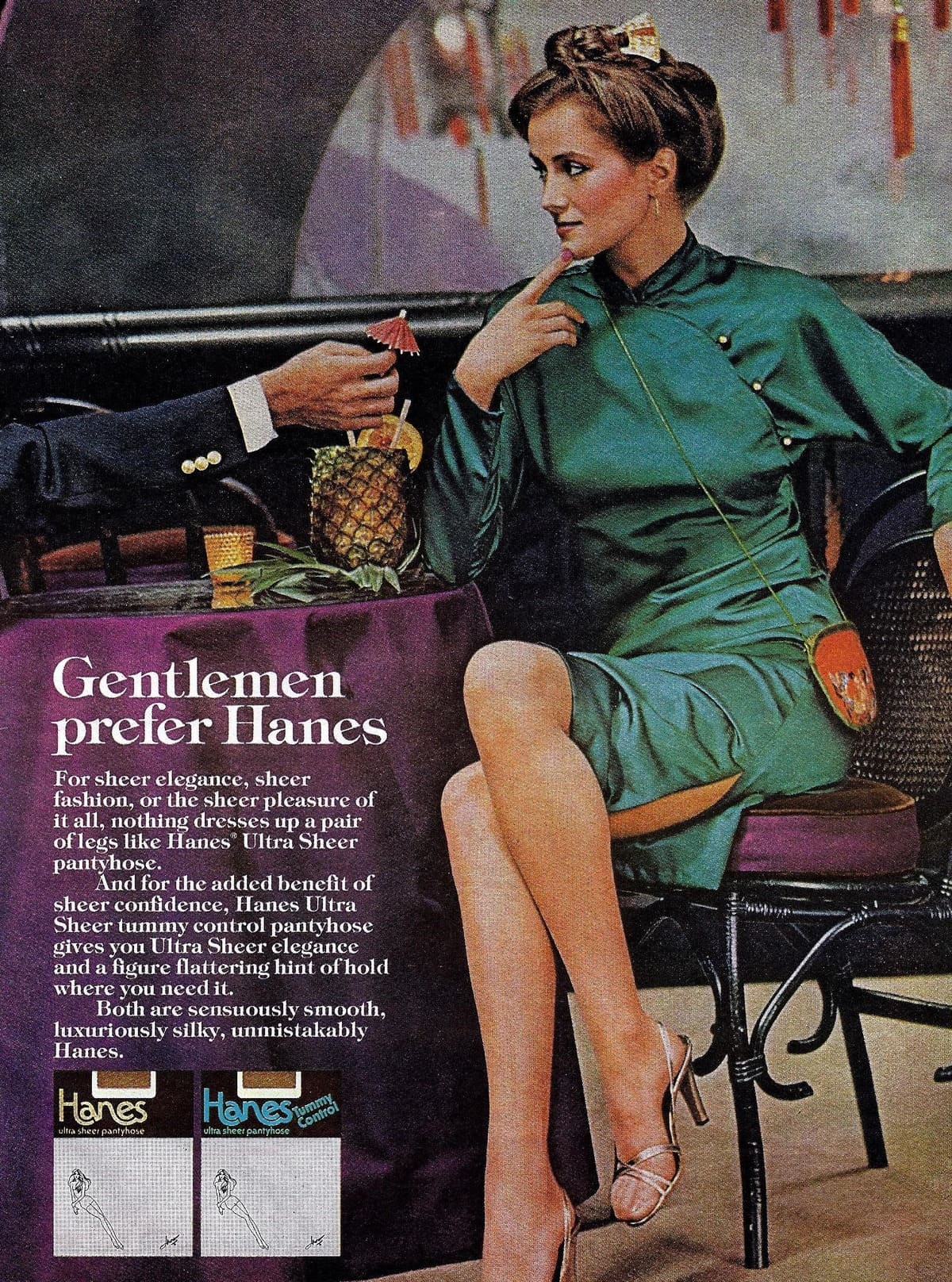




I am really impressed with your writing skills and also with the layout on your weblog.
Is this a paid theme or did you customize it yourself?
Anyway keep up the excellent quality writing, it is rare
to see a nice blog like this one today.